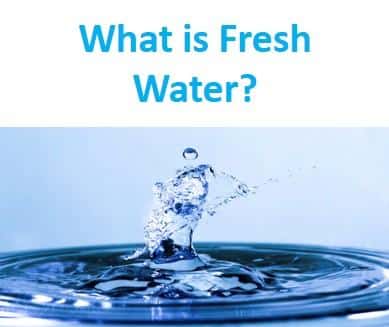Absolute alcohol is 100% pure ethanol with the chemical formula C2H5OH. The primary distinction between industrial alcohol and absolute alcohol is that industrial alcohol can be methanol or ethanol with a purity of 95 per cent, whereas absolute alcohol is ethanol with a purity of 99 per cent.
Absolute alcohol is used in many different fields, including medicine, organic chemistry, and biology. It is also used as a substitute fuel for gasoline in combustion engines.

Table of Contents
Absolute Alcohol Definition
Absolute alcohol is defined as Ethanol containing less than one per cent of water by weight is known as absolute alcohol. Absolute alcohol, in other words, is liquid alcohol that contains at least 99 per cent pure alcohol by weight. Its molecular formula is C2H5O.
What is Absolute Alcohol?
- Absolute alcohol, also known as anhydrous ethanol, is a highly concentrated form of ethanol that contains no water.
- It is produced by removing all water from regular ethanol through various distillation techniques.
- Absolute alcohol has a purity level of 99.9% and is used in numerous industries, including pharmaceuticals, cosmetics, and laboratory research.
- It is commonly used as a solvent due to its high purity and ability to dissolve many substances, including oils, fats, and resins.
- Absolute alcohol is highly flammable and should be handled with caution. It can also cause skin irritation and should not be ingested.
- It is often denatured (made unfit for human consumption) by adding small amounts of other chemicals to prevent its use for drinking purposes.
- Absolute alcohol is used in the production of many other products, including fuel, perfume, and alcoholic beverages.
Daily Life uses of Absolute Alcohol
Absolute alcohol, also known as anhydrous ethanol, has a variety of uses in our daily lives. Here are some examples:
- Cleaning and disinfecting: Absolute alcohol is commonly used as a cleaning and disinfecting agent due to its high purity and ability to dissolve many substances. It is commonly used in hospitals, laboratories, and other settings where sterile conditions are required.
- Cosmetics and personal care: Absolute alcohol is used as a solvent and preservative in many cosmetics and personal care products, including perfumes, lotions, and hair products.
- Fuel: Absolute alcohol can be used as a fuel additive in gasoline to improve fuel efficiency and reduce emissions. It is also used as a clean-burning fuel in some specialized engines.
- Pharmaceuticals: Absolute alcohol is used in the manufacture of many pharmaceutical products, including medications, vaccines, and diagnostic tests.
- DNA extraction: Absolute alcohol is commonly used in DNA extraction procedures to help precipitate DNA from a solution.
- Laboratory research: Absolute alcohol is commonly used in laboratory research as a solvent and reagent.
- Cooking and baking: Absolute alcohol is used in some cooking and baking recipes to extract flavours from herbs and other ingredients.
Other Names of Absolute Alcohol
| Name | Description |
| Anhydrous ethanol | This refers to the fact that the alcohol has had all of its water content removed through a distillation process. |
| 200 proof ethanol | Used in the United States to indicate that the alcohol has a proof of 200, which means that it contains 100% alcohol by volume. |
| Rectified spirit | Used in some countries to refer to a high-proof alcoholic beverage that has been purified through a distillation process. |
| Ethyl alcohol | Refers to the chemical compound of the alcohol, which is composed of two carbon atoms, six hydrogen atoms, and one oxygen atom. |
| Grain alcohol | Refers to an alcoholic beverage that is made from grains such as corn, wheat, or barley. Grain alcohol can be purified to create absolute alcohol. |
| Pure alcohol | Often used to describe any form of alcohol that has been purified to remove impurities and contaminants. |
More Links
CH4 Lewis Structure & Molecular Geometry
How Many Cups in a Gallon? Cups to Pints, Quarts, and More
Polar versus Nonpolar Molecules
SF4 Lewis Structure & Molecular Geometry
Is NH3 Polar or Nonpolar?| Simple Answer
Combustion Reactions| Introduction, Reaction, & Facts
- BCl3 Lewis Structure in four simple steps - November 1, 2023
- PH3 Lewis Structure in four simple steps - October 8, 2023
- PF3 Lewis structure in four simple steps - September 24, 2023



